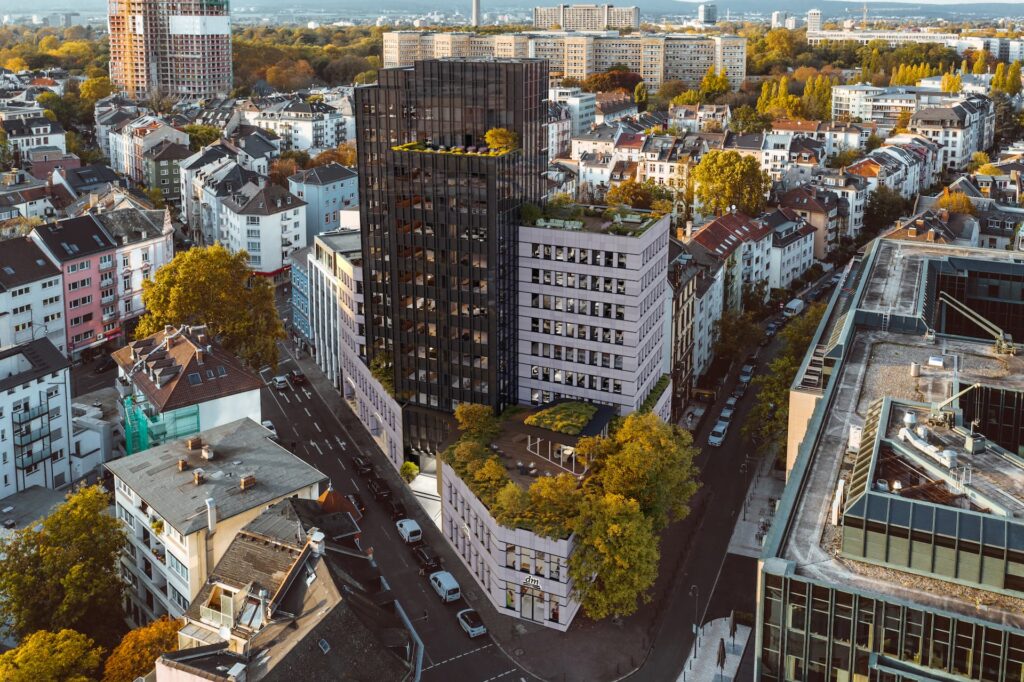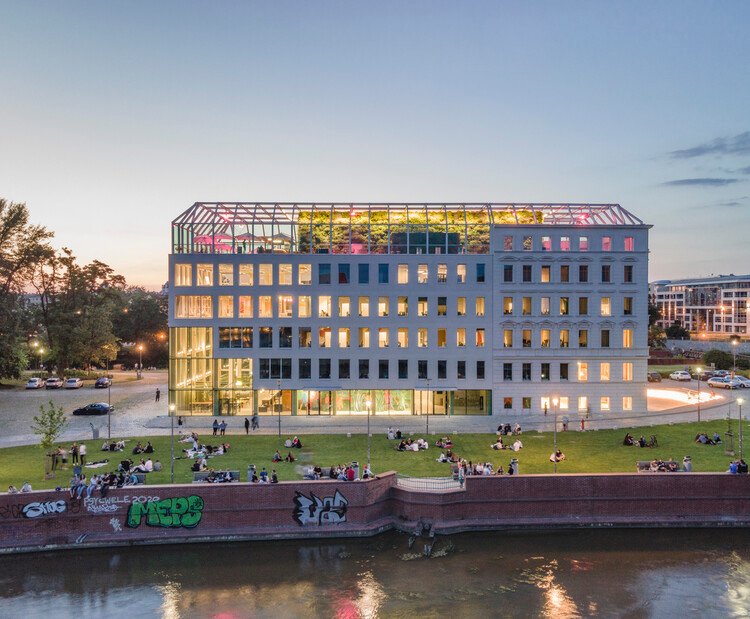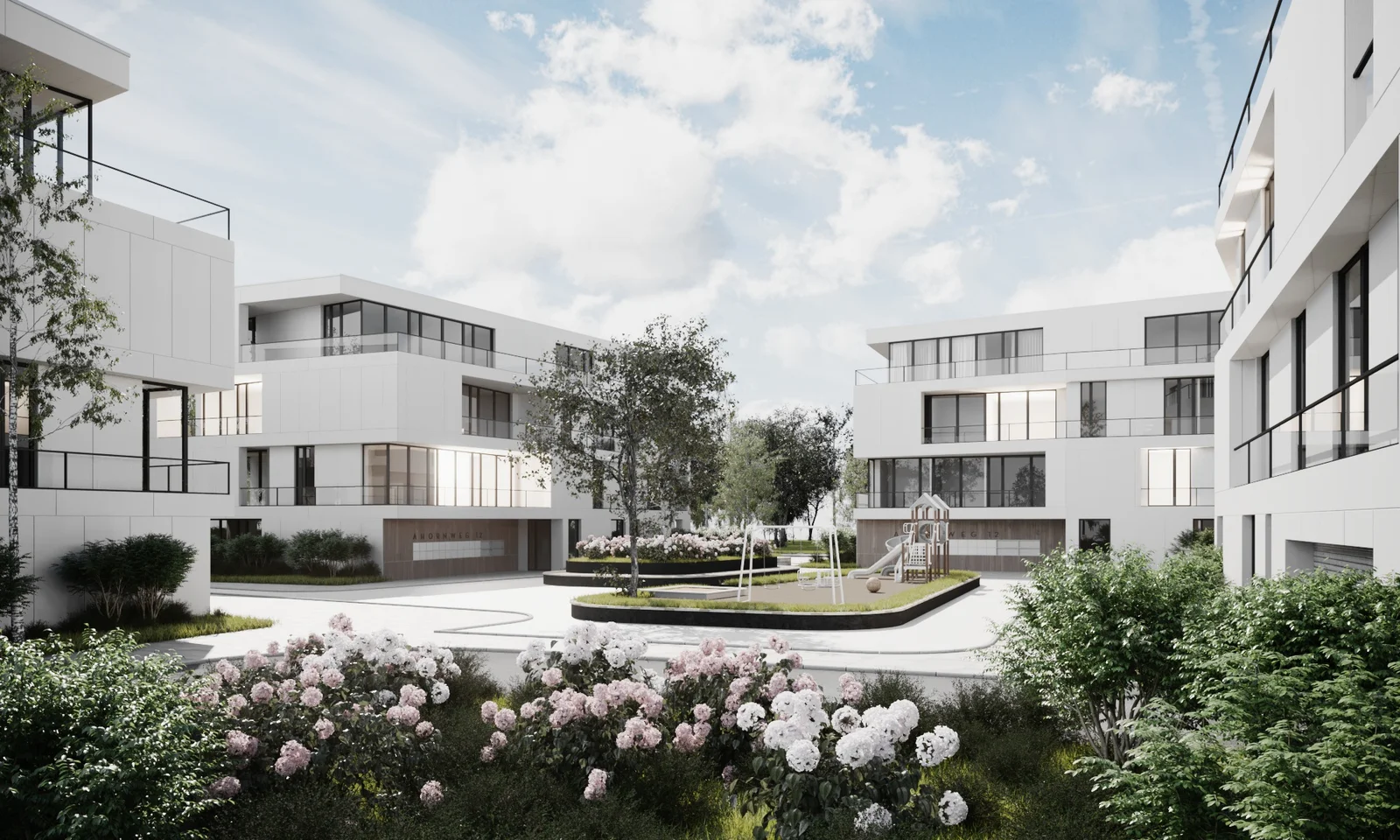3D Visualizations for Modern Glass Houses: Unveiling Futuristic Architecture
The marriage of technology and architecture has given birth to numerous innovations, one of which is the 3D visualization of modern glass houses. In this blog post, we will delve into the captivating world of 3D visualizations and explore how they are revolutionizing the design, planning, and execution of modern glass houses.
The Rise of 3D Visualization in Architecture
3D visualization, also known as 3D rendering, is a powerful tool that has dramatically changed the architectural landscape. It has brought about a new era of designing buildings, particularly modern glass houses, by providing a realistic, detailed view of architectural designs before they are built. This technology allows architects and designers to convey their ideas more effectively, enabling clients to visualize the end product in a way that 2D drawings simply cannot achieve.
The Impact of 3D Visualization on Modern Glass Houses Design
When it comes to designing modern glass houses, 3D visualization offers a multitude of benefits. For one, it allows architects to experiment with different designs, materials, and lighting effects, thereby enhancing their creativity and innovation. Moreover, it facilitates better communication between architects and clients, helping the latter understand the design intent clearly and make informed decisions.
The Role of 3D Visualization in Planning and Execution
3D visualization also plays a pivotal role in the planning and execution phases of modern glass houses. By providing a detailed 3D model of the house, it enables architects and construction teams to identify potential issues and resolve them before construction begins. This not only saves time and costs but also ensures the seamless execution of the project.
The Significance of 3D Visualizations for Modern Glass Houses
Enhancing the Architectural Experience with 3D Visualizations
3D visualizations for modern glass houses have revolutionized the architecture industry, enabling architects and clients to experience a property before it’s built. These high-definition, realistic models allow for an immersive exploration of the interior and exterior elements of a glass house. From the placement of windows to the flow of natural light, every detail can be scrutinized, allowing architects and clients to make informed decisions about design elements.
To further enhance the experience, many 3D visualization tools now incorporate virtual reality technology. This allows clients to ‘walk’ through their future home, experiencing the space as if they were actually there. This level of interaction can help to eradicate any potential misunderstandings or miscommunications between architects and clients, ensuring the final design meets the client’s expectations.
The Role of 3D Visualizations in Energy Efficiency Planning
Another significant advantage of 3D visualizations for modern glass houses is their role in planning for energy efficiency. Due to their unique construction, glass houses have particular considerations when it comes to heating and cooling. With 3D visualization, architects can simulate different environmental conditions to understand how the house will perform in real life.
For instance, they can analyze how sunlight will stream through the large glass windows at different times of the year, and how this will impact the temperature within the house. This type of analysis can inform decisions about the placement of windows, the need for shading devices, and the choice of glass to be used.
The Future of 3D Visualizations for Modern Glass Houses
Predicting Future Trends in 3D Visualization
As technology continues to advance, we can expect even more sophisticated 3D visualizations for modern glass houses. The incorporation of artificial intelligence (AI) and machine learning could enable these models to predict future trends and changes in the environment, allowing architects to design homes that are not only beautiful but also sustainable and energy-efficient.
Moreover, as virtual and augmented reality technologies become more mainstream, clients will be able to interact with their future homes in even more meaningful ways. They could, for example, modify the interior design in real-time, experimenting with different furniture layouts or color schemes.
3D visualizations for modern glass houses are not just a tool for architects, but a powerful medium for clients to visualize and shape their future homes. As such, they are set to play a crucial role in the future of architectural design.In conclusion, 3D visualizations for modern glass houses have revolutionized the way architects, designers, and homeowners approach house planning and design. These digital tools have made it possible to visualize, modify, and perfect modern glass house designs before any physical work is done, saving time and resources. They have also enhanced communication between architects and their clients, ensuring that the final output meets the client’s expectations. As technology continues to evolve, we can only expect these 3D visualizations to become more sophisticated, exciting, and integral in the designing of modern glass houses.







